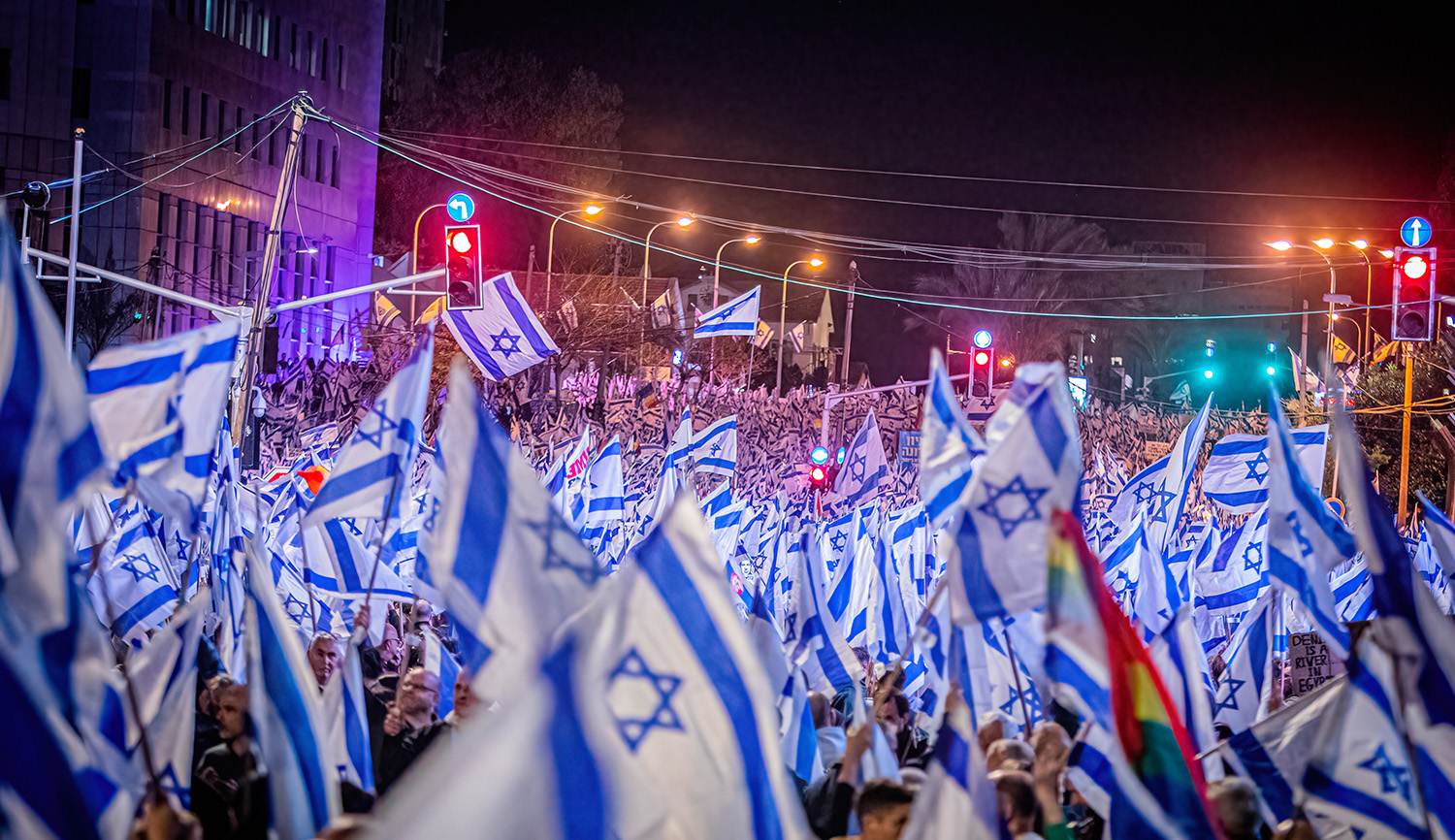In many prayerbooks that follow the traditions of Middle Eastern Jewry, as well as of some Ḥasidim, it is common to find a diagram of a seven-branch menorah (like the one found in the two temples) inscribed with biblical or liturgical verses. Such pictures go back to the Middle Ages, when early Jewish mystics began to ascribe kabbalistic significance to one of the oldest and most enduring Jewish symbols. Naturally, as Chen Malul explains, many focused on the mystically meaningful number seven and its relation to the s’firot, or divine emanations connecting God’s essence to the world:
Rabbi Asher Ben-David, a kabbalist who lived in the first half of the 13th century in Provence, suggested that the menorah’s candles “hint at the seven edges,” referring to the seven lower s’firot.
The seven branches of the menorah were interpreted as the seven lower divine emanations, divided into two groups of three. At their center is the s’firah of tiferet (glory), . . . the middle branch that divides the two halves. Whereas [the Castilian] kabbalist, Joseph ben Abraham Gikatilla, focused on the materials from which the menorah was made, the kabbalists who interpreted the menorah as a symbol of the s’firot focused on the material that lights it—the oil. The oil and the light of the menorah provided a solution to the great question of the Kabbalah: how do we reconcile the [unity of] God with the ten s’firot of the kabbalists?
With their characteristic love of metaphors, the kabbalists saw the image of abundant oil being poured into the finite vessels on each branch, and then being lit aflame, as the perfect symbol of God’s infinite essence being “constricted” in the more finite forms of the s’firot.


